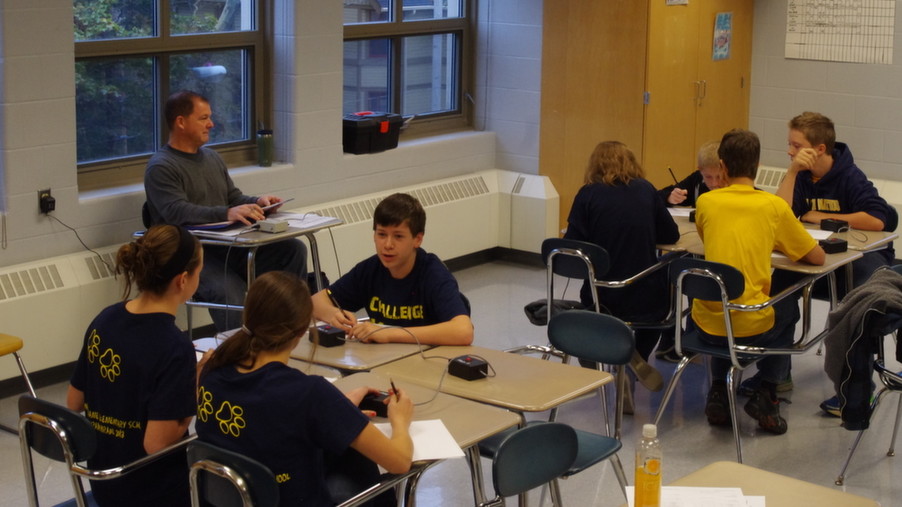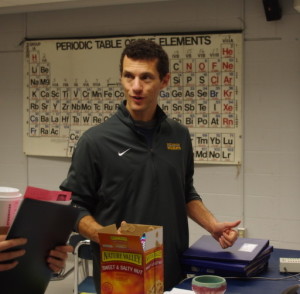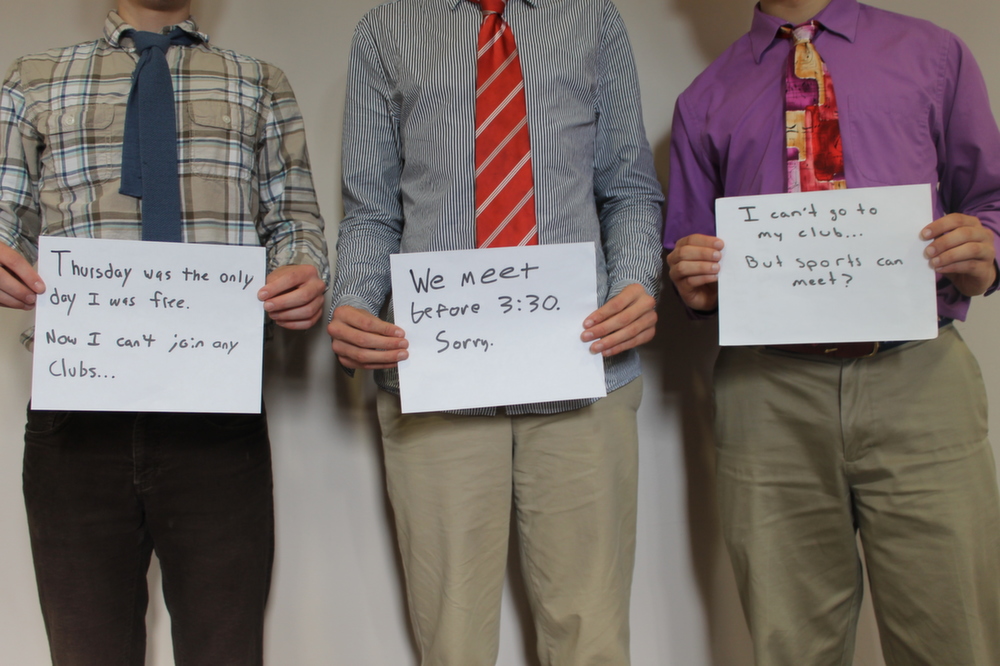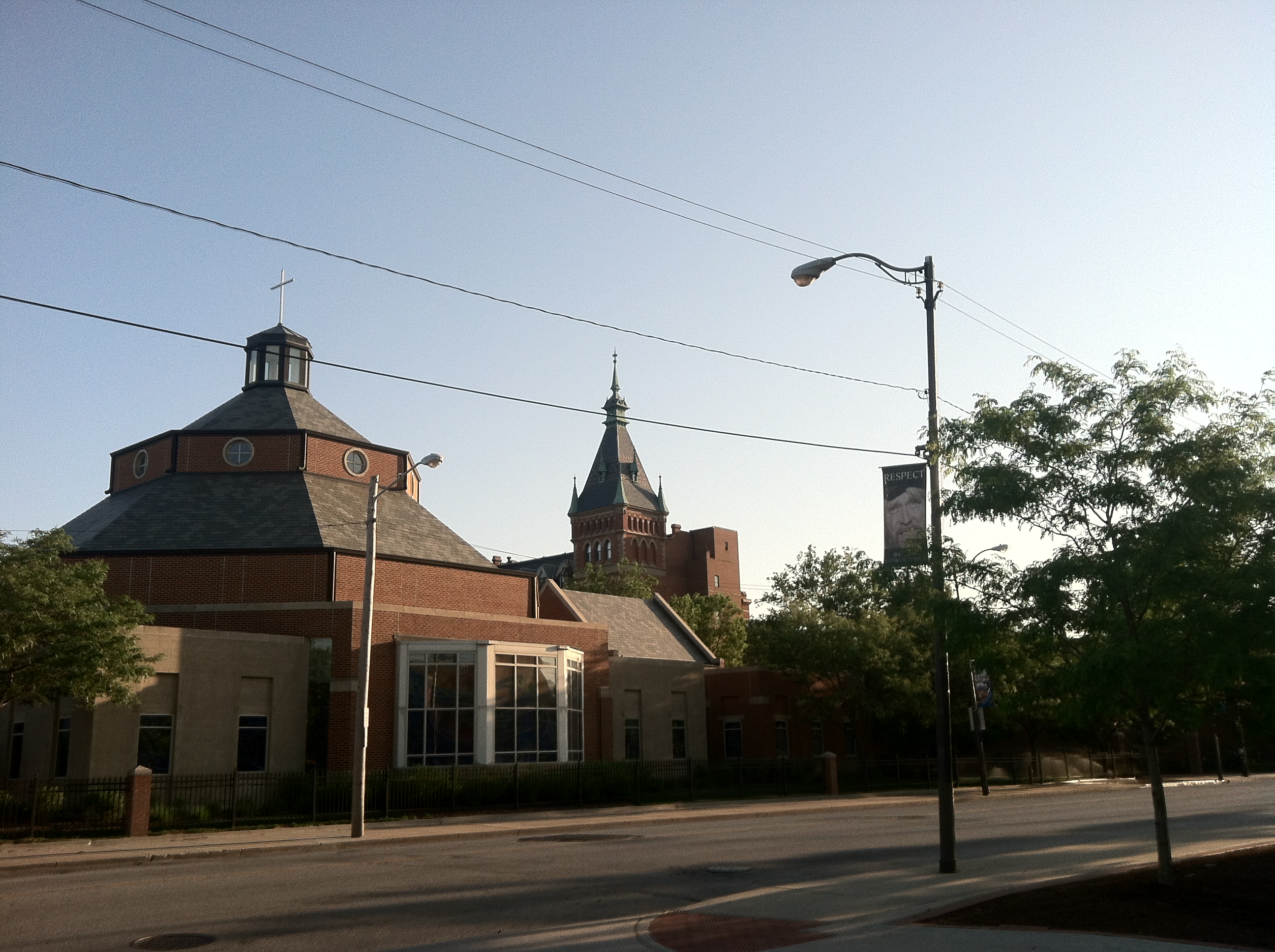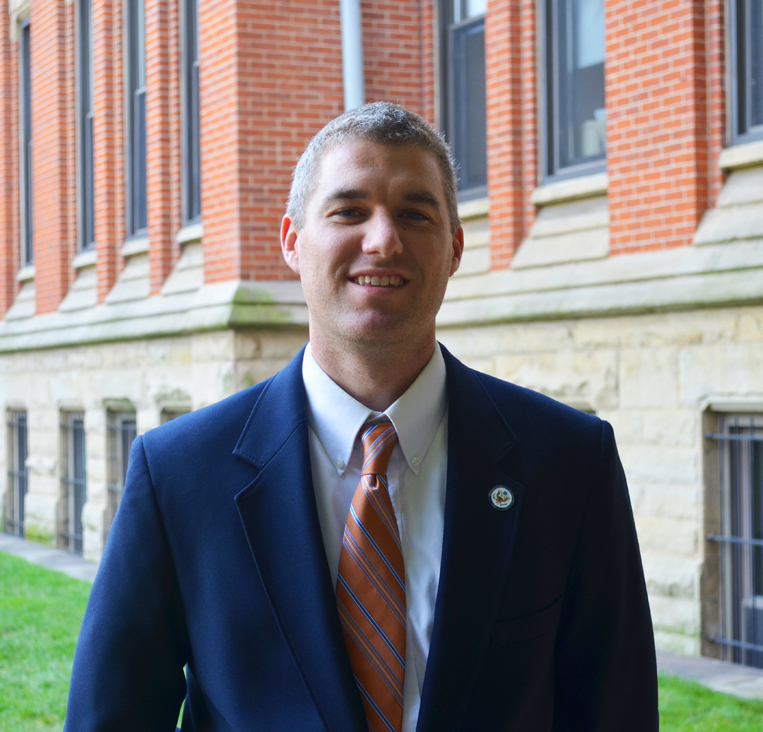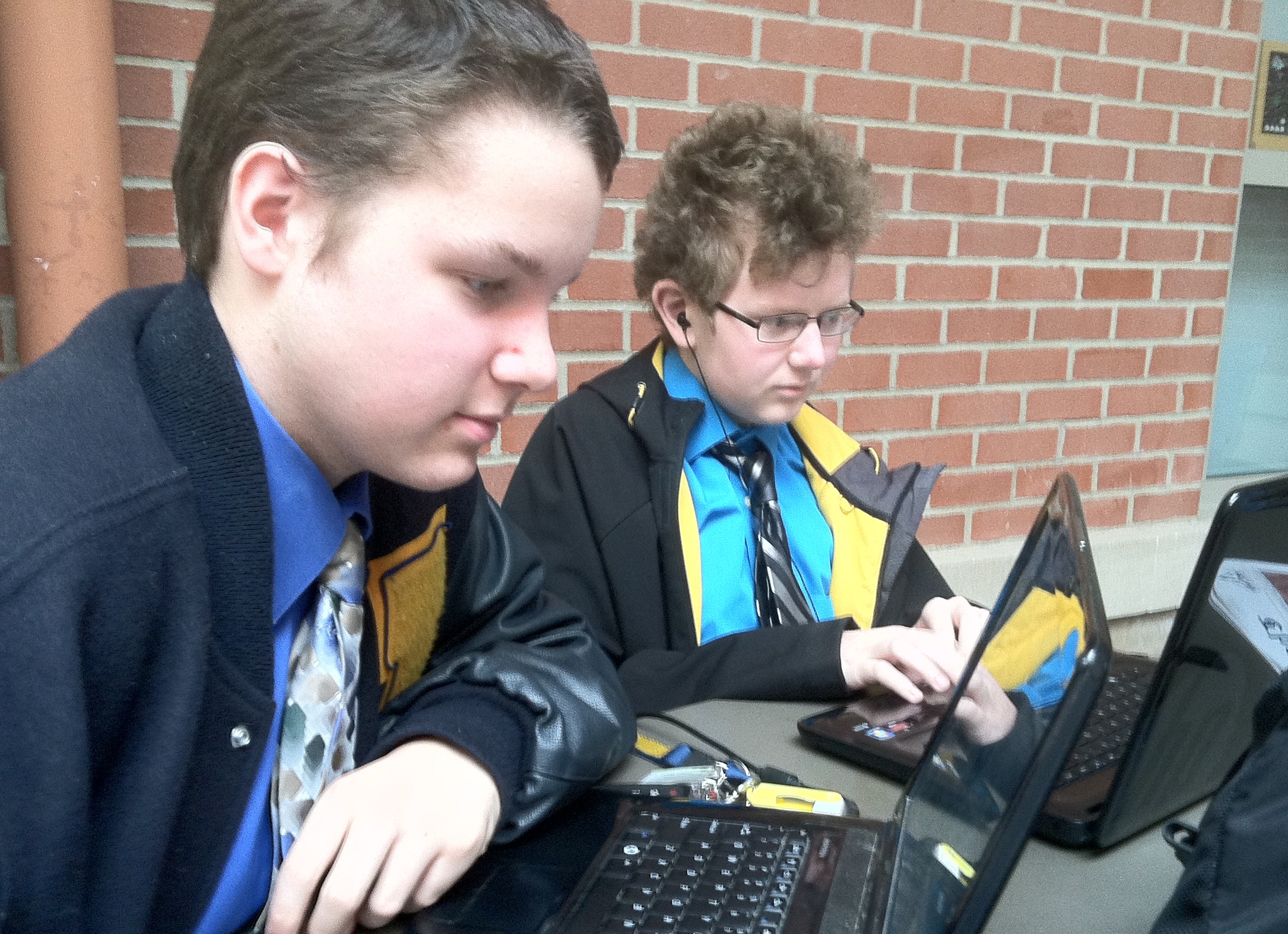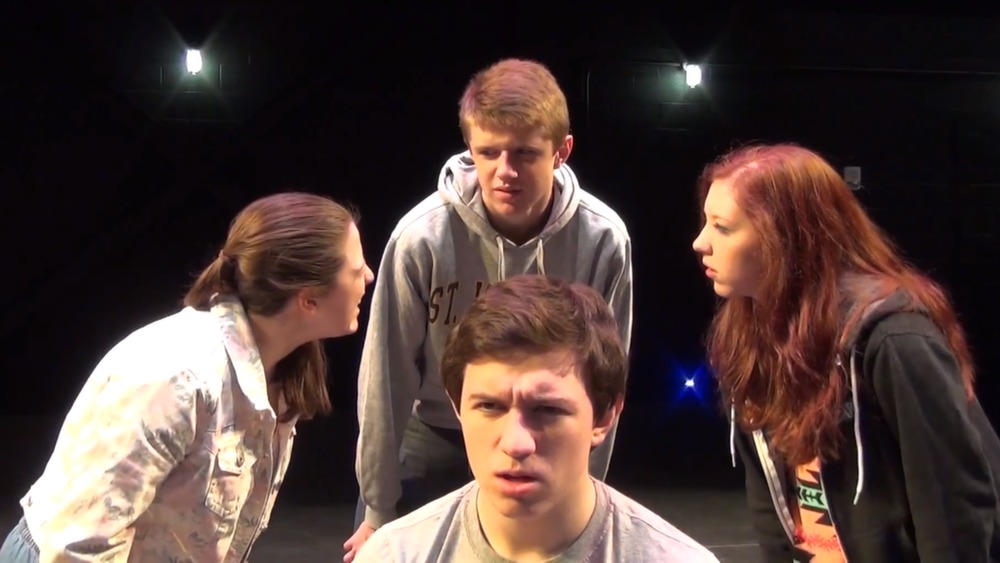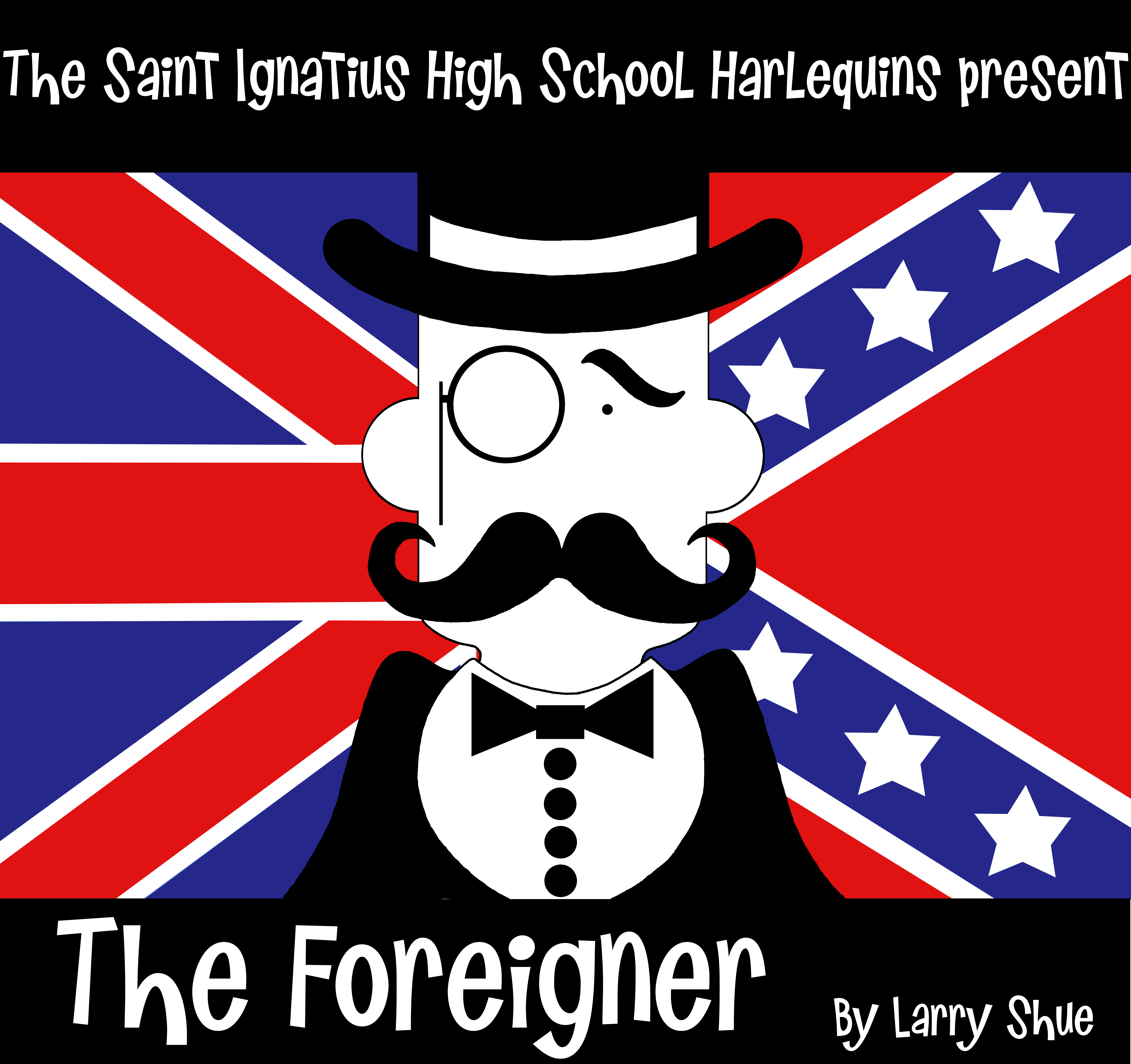Don’t miss our profile of 6 seniors finding their way through the application process.
by Alastair Pearson ’14
Although the college application system at Saint Ignatius has rapidly changed in response to the shifting interests, demographics and goals of the student body, the fundamental nature of the process has remained intact.
Saint Ignatius students still primarily apply to four-year state, Jesuit, or out of state public and private schools. Students complete an average of eight to ten applications, an increasing percentage of which have been early action in recent years due to the perception that early applicants receive more financial aid.
Ohio State was the top choice for the class of 2013, followed by a close contest between John Carroll University and Miami. Dayton, Xavier and Ohio University were also all highly sought after by St. Ignatius applicants.
Historically, top major selections on applications have included business, engineering, and pre-med, although College Counseling Director Ms. Gabor said that the number one choice remains “Undecided.” Gabor stresses that there is little uniformity in the Saint Ignatius applicant pool.
“I don’t know that I would say there is a typical student, because everybody has different interests, different goals,” Gabor said.“If there is only one characteristic of most of our applicants, it would not be the academic or athletic. It would be wanting to continue their service to others.”
On page 5 of this issue, the Eye profiles six seniors who plan to go on to majors in disparate fields ranging from nuclear engineering to music composition, some focusing on extending extracurricular interests like golf or entrepreneurship into their college careers. Four of the six are involved in service.
Gabor said that Saint Ignatius produces graduates equipped with the advantage of a liberal arts high school education. She acknowledged that Saint Ignatius has peer schools in the Northeast Ohio and greater Ohio regions, including St. Edward, University School, Hawken, Shaker Heights, and St. Xavier, but said that Saint Ignatius stands out from the pack due to the school’s broad-based curriculum.
“I think [of] the breadth and depth of our education. We’re not just a math school, we’re not just a Jesuit school,” she said. ”We have a more diverse student body in terms of interests.”
One trend affecting the Saint Ignatius college applicant pool in recent years has been the increasing diversification of the student body. Gabor said that she was especially impressed by the results of the school’s investment in the fine arts program, which she credits to the construction of the Breen Center and the development of the AP Studio Art class and other visual arts courses.
“I’ve seen more students who are applying to arts programs and visual arts programs,” she said.
Some students have just been applying to more schools period. Gabor said she had noticed that some applicants had expanded their lists of potential colleges.
“I would say we’ve had students on occasion apply to 20-plus schools,” she said. “That’s not average.”
Increasingly competitive college admissions may have contributed to student concerns about the college process, as academically oriented applicants search for ways to distinguish themselves. One of those ways at other schools is often class rank, which Saint Ignatius abandoned about 15 years ago.
“It’s not part of the mission of our school,” Gabor said. “We’re about offering opportunities.”
Gabor advises students to get organized and relax. Although she acknowledges that students are focused on college selectivity, she thinks seniors should keep things in perspective.
“I would say to take things in small chunks, to take things in time and hopefully enjoy your senior year a little more,” she said. “Listen to your college counselor and take time to enjoy your senior year.”
“Everybody ends up where they’re supposed to be at that time in their life,” Gabor said.





